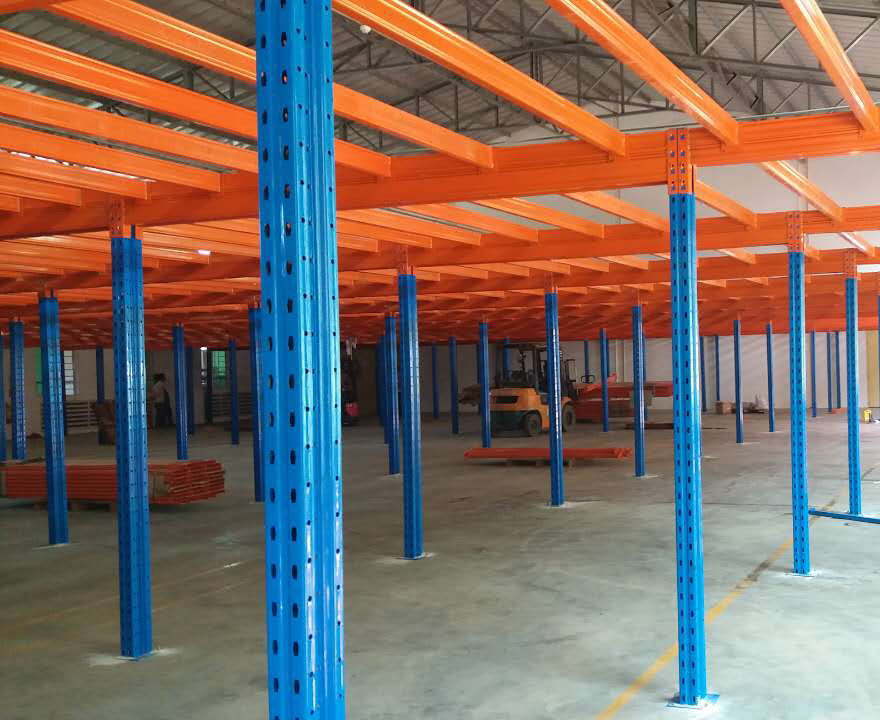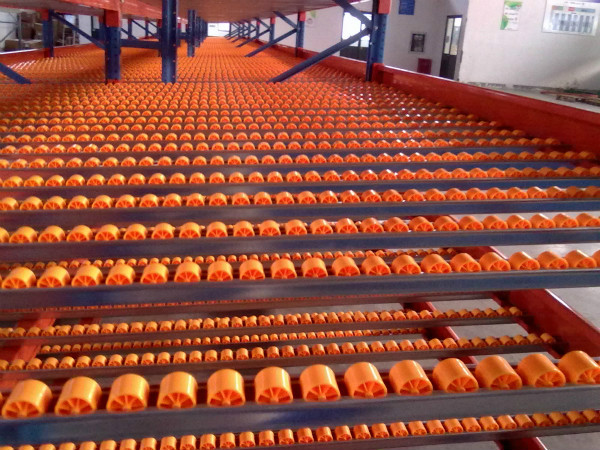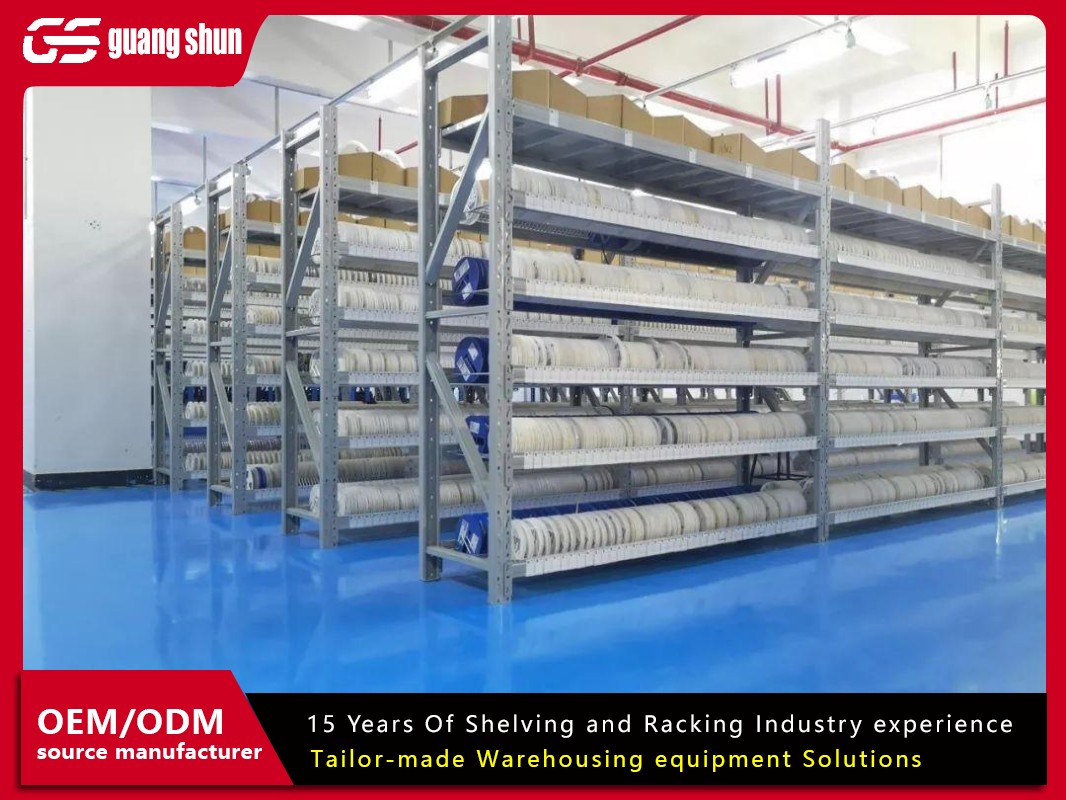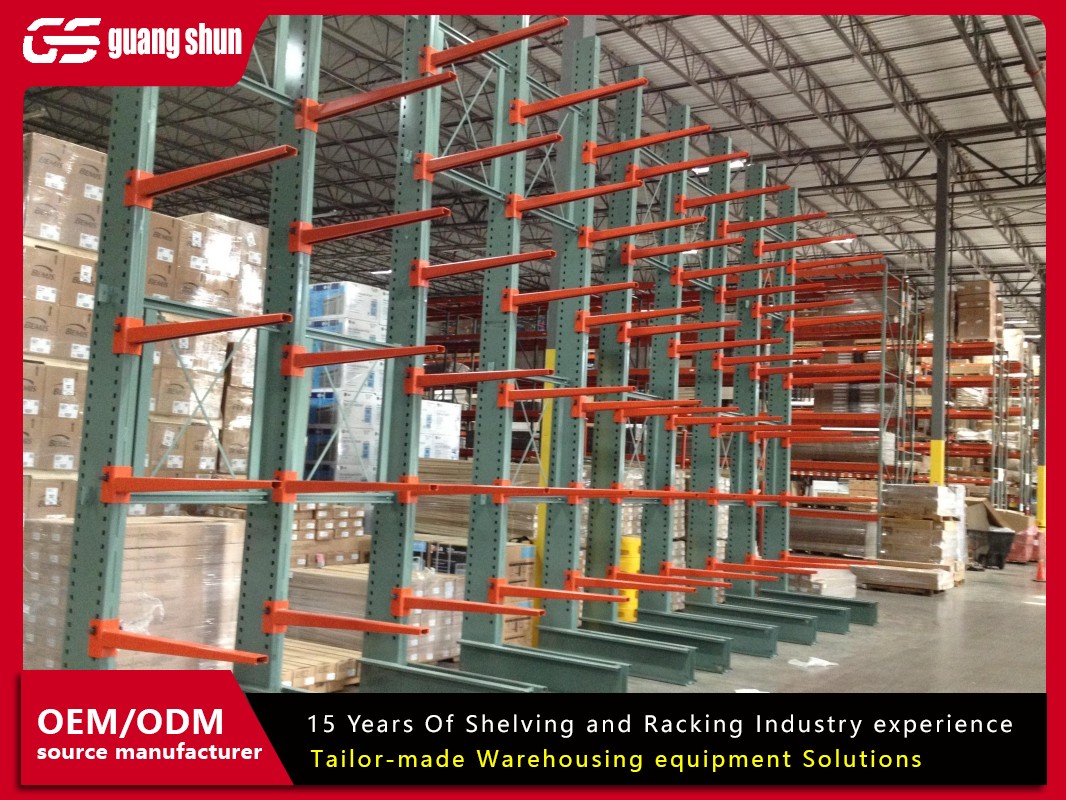When it comes to optimizing warehouse operations, pallet racking for warehouse setups are a cornerstone of effective storage solutions. These systems not only maximize space utilization but also enhance inventory management and workflow efficiency. In today's competitive logistics environment, selecting the right pallet racking for warehouse can make a significant difference in productivity and cost savings. This article delves into five key aspects of pallet racking for warehouse installations, providing insights to help businesses make informed decisions. From various types of systems to practical considerations, we'll cover everything you need to know to leverage pallet racking for warehouse solutions effectively.

Types of Pallet Racking Systems for Warehouse Applications
One of the first steps in implementing pallet racking for warehouse setups is understanding the different types available. Each system offers unique advantages tailored to specific storage needs. Selective pallet racking for warehouse is the most common type, allowing direct access to every pallet. This makes it ideal for warehouses with high SKU variety and frequent inventory turnover. Another popular option is drive-in pallet racking for warehouse, which maximizes storage density by allowing forklifts to drive into the rack structure. This system is perfect for storing large quantities of similar products, though it may reduce accessibility. Push-back pallet racking for warehouse provides a balance between density and selectivity, using a last-in, first-out (LIFO) method that enhances space usage without sacrificing too much accessibility. For high-density storage, pallet flow pallet racking for warehouse systems use gravity to move pallets along rollers, ensuring efficient rotation of perishable goods. Lastly, cantilever pallet racking for warehouse is designed for long, bulky items like pipes or lumber, offering flexibility in handling irregular shapes. By evaluating these options, businesses can choose the best pallet racking for warehouse type to meet their operational demands.
Benefits of Implementing Pallet Racking in Warehouse Environments
Integrating pallet racking for warehouse solutions brings numerous benefits that directly impact bottom-line performance. First, pallet racking for warehouse systems significantly increase storage capacity by utilizing vertical space, which is crucial in urban areas where real estate costs are high. This vertical expansion allows warehouses to store more goods without expanding their footprint. Second, pallet racking for warehouse setups improve organization and inventory control, reducing the time spent searching for items and minimizing errors. This leads to faster order fulfillment and higher customer satisfaction. Third, safety is enhanced with properly installed pallet racking for warehouse structures, as they reduce clutter and provide clear aisles for equipment movement. Additionally, pallet racking for warehouse systems are scalable, allowing businesses to adapt to seasonal fluctuations or growth without major overhauls. Finally, the durability of modern pallet racking for warehouse materials, such as high-strength steel, ensures long-term reliability and a good return on investment. Overall, the strategic use of pallet racking for warehouse can transform a chaotic storage area into a streamlined, efficient operation.
Key Considerations When Choosing Pallet Racking for Warehouse Use
Selecting the right pallet racking for warehouse system requires careful evaluation of several factors to ensure it aligns with your business needs. Start by assessing your inventory characteristics, such as weight, size, and turnover rate. For instance, heavy loads might require reinforced pallet racking for warehouse designs, while fast-moving goods benefit from selective systems. Next, consider the warehouse layout, including ceiling height and floor space, to determine the optimal configuration for pallet racking for warehouse installations. It's also essential to factor in the type of material handling equipment used, as forklift dimensions and capabilities can influence rack design. Budget is another critical aspect; while initial costs for pallet racking for warehouse setups can vary, investing in quality systems often pays off through reduced maintenance and longer lifespan. Additionally, compliance with safety standards and local regulations is non-negotiable for pallet racking for warehouse projects to prevent accidents and liabilities. By thoroughly analyzing these elements, you can implement a pallet racking for warehouse solution that boosts efficiency without compromising safety or scalability.
Installation and Maintenance Best Practices for Pallet Racking in Warehouses
Proper installation and ongoing maintenance are vital for the longevity and safety of pallet racking for warehouse systems. During installation, it's recommended to hire experienced professionals who follow manufacturer guidelines and industry standards. This ensures that the pallet racking for warehouse structure is securely anchored and level, preventing collapses or misalignments. Regular inspections are a key part of maintenance for pallet racking for warehouse setups; check for signs of damage, such as bent beams or loose connections, and address issues promptly to avoid costly repairs. Cleaning the pallet racking for warehouse areas regularly prevents debris buildup that could compromise stability. Furthermore, training staff on safe loading practices—like evenly distributing weight and not exceeding capacity—helps maintain the integrity of pallet racking for warehouse systems. Implementing a scheduled maintenance plan for pallet racking for warehouse installations can extend their life and ensure they continue to operate efficiently, reducing downtime and enhancing overall warehouse productivity.

Cost Analysis and ROI of Pallet Racking for Warehouse Investments
Understanding the financial implications of pallet racking for warehouse systems is crucial for making smart business decisions. The initial cost of pallet racking for warehouse setups can range from moderate to high, depending on the type and complexity. For example, selective pallet racking for warehouse is generally more affordable than automated systems, but it may offer lower density. However, the return on investment (ROI) for pallet racking for warehouse solutions is often substantial due to increased storage capacity and improved operational efficiency. By maximizing vertical space, pallet racking for warehouse systems can reduce the need for additional warehouse facilities, leading to significant savings on rent or construction. Additionally, efficient pallet racking for warehouse layouts minimize labor costs by speeding up inventory retrieval and reducing errors. It's important to factor in long-term expenses, such as maintenance and potential upgrades, when evaluating the total cost of ownership for pallet racking for warehouse projects. Many businesses find that the benefits of pallet racking for warehouse investments, including enhanced scalability and reduced product damage, justify the upfront expenditure within a few years.
Future Trends in Pallet Racking for Warehouse Technology
The evolution of pallet racking for warehouse technology is shaping the future of warehouse management. Automation is a major trend, with smart pallet racking for warehouse systems integrating sensors and IoT devices to provide real-time data on inventory levels and rack conditions. This allows for predictive maintenance and optimized space usage in pallet racking for warehouse environments. Another emerging trend is the use of sustainable materials in pallet racking for warehouse construction, catering to the growing demand for eco-friendly operations. Modular pallet racking for warehouse designs are also gaining popularity, offering flexibility to reconfigure storage layouts quickly as needs change. Moreover, advancements in safety features, such as collision barriers and load monitoring systems, are making pallet racking for warehouse setups even more reliable. By staying informed about these trends, businesses can future-proof their pallet racking for warehouse investments and maintain a competitive edge in the logistics industry.
In summary, pallet racking for warehouse systems are indispensable for modern storage solutions, offering versatility, efficiency, and scalability. By exploring the types, benefits, selection criteria, installation practices, costs, and future trends, businesses can harness the full potential of pallet racking for warehouse setups to drive growth and efficiency.
Frequently Asked Questions About Pallet Racking for Warehouse
Q1: What is the average lifespan of pallet racking for warehouse systems?
A1: The average lifespan of pallet racking for warehouse systems typically ranges from 10 to 20 years, depending on factors like material quality, maintenance practices, and usage intensity. Regular inspections and proper care can extend the life of pallet racking for warehouse installations.
Q2: How do I determine the load capacity for my pallet racking for warehouse setup?
A2: To determine the load capacity for your pallet racking for warehouse setup, consult the manufacturer's specifications and consider factors like beam strength, upright frame design, and the weight of your stored items. It's advisable to work with an engineer to ensure your pallet racking for warehouse system meets safety standards.
Q3: Can pallet racking for warehouse systems be customized for irregularly shaped items?
A3: Yes, pallet racking for warehouse systems can be customized for irregularly shaped items using options like cantilever racks or adjustable beams. This flexibility allows pallet racking for warehouse solutions to accommodate various product types efficiently.
Q4: What safety measures should I implement with pallet racking for warehouse installations?
A4: Key safety measures for pallet racking for warehouse installations include regular inspections for damage, ensuring proper load distribution, installing protective guards like column protectors, and training staff on safe operating procedures to prevent accidents.
Q5: Is it possible to expand or modify existing pallet racking for warehouse systems?
A5: Yes, it is possible to expand or modify existing pallet racking for warehouse systems by adding new components or reconfiguring layouts. Many pallet racking for warehouse designs are modular, allowing for easy adjustments to meet changing storage needs.







